When OnePlus launched the OnePlus 15 with much fanfare, billing it as India's first smartphone to pack the cutting-edge Snapdragon 8 Elite Gen 5 chipset, expectations soared. Here was a device promising flagship-level performance with its $899.99 starting price, a gorgeous 6.78-inch 1.5K 165Hz AMOLED display, and OnePlus's most advanced cooling system to date.
But recent testing has revealed a reality that is surprising for a device at this price point: the OnePlus 15 struggles with thermal management when you really push it to its limits. Despite OnePlus's claims about the improved "Glacier Cooling System", complete with a larger vapor chamber and what they call an industry-first Supercritical Aerogel layer, the device has emerged as the weakest performer among Snapdragon 8 Elite Gen 5-powered smartphones in temperature stress evaluations.
This thermal situation points to a broader challenge across the smartphone world: processor performance is racing ahead faster than practical cooling solutions can follow.
The heat problem that's burning up performance
The OnePlus 15's issues show up fast once you hit it with heavy loads. In 3DMark stress evaluations, the phone completed only about two-thirds of the assessment before shutting down from excessive heat buildup. During those runs, the surface temperature hit a scorching 52.7°C, 127°F, a level that is far too hot for any handheld device to operate safely.
Put simply, it gets uncomfortable to hold. Painful over time. Try gaming or editing when your phone feels like a pocket-sized space heater and see how long you last.
This points to a deeper problem in how the OnePlus 15 handles heat under extreme conditions. The device appears to lack sufficiently aggressive clock throttling to keep temperatures in check during worst-case scenarios. In effect, it prioritizes short-term performance over thermal safety, which leads to those shutdowns.
OnePlus representatives have pushed back, saying that everyday usage, multitasking, and gaming, included, stay within normal thermal parameters and that users are not reporting heat complaints. The gap between stress test results and claimed real-world performance is the tightrope every manufacturer walks. Sure, 3DMark pushes hardware past typical tasks, but some real-world power users live at that edge, think intensive mobile games, 3D emulators, or long high-refresh-rate sessions.
Why the Snapdragon 8 Elite Gen 5 runs so hot
To understand the OnePlus 15's struggle, look at the heart of the phone. The Snapdragon 8 Elite Gen 5 is both the fastest and the hottest modern mobile silicon on shelves right now. Built on TSMC's 3 nm process, it uses Qualcomm's second-generation Oryon cores with peak clocks reaching 4.608 GHz, the highest in any smartphone processor to date.
That kind of speed has a cost. Across devices, maintaining peak Snapdragon 8 Elite Gen 5 performance often means internal temperatures climbing past 50°C, and some setups reach 56°C during sustained graphics workloads. These are not theoretical spikes; they are the temperatures at which the chip holds its advertised performance.
Only gaming-focused phones with elaborate cooling, vapor chambers, liquid loops, and active fans spinning at 24,000 RPM have managed to keep the chip in check while maintaining stability. The Snapdragon 8 Elite Gen 5 demands cooling hardware that most mainstream phones simply do not have room for.
How other phones handle the heat challenge
Cooling philosophy shapes the user experience, even with the same processor. On one end, the RedMagic 11 Pro shows what full-bore thermal management can do. With liquid cooling and an active fan, it held 80% stability in 3DMark Wildlife Extreme stress tests. That win comes with a sting; surface temps reached 56°C, which is not exactly comfortable to hold.
More conservative phones pay off in performance. The Nubia Z80 Ultra got uncomfortably hot in testing, with internal temps past 50°C and performance dropping by more than 50% as throttling kicked in. That is the balancing act, comfort versus sustained speed.
Then you have the Realme GT8 Pro, a comfort-first play. It keeps a more reasonable 44.1°C surface temperature but sacrifices a lot to do so. In sustained tests, it drops to just 28.6% of peak in Solar Bay and 38.9% in Wildlife, a steep fall compared to last year's GT7 Pro, which typically stayed above 70% in similar tests. The takeaway, depending on thermal tuning, is that the Snapdragon 8 Elite Gen 5 can underperform its predecessor under sustained load.
What this means for real-world usage
The OnePlus 15's thermal behavior sets limits for specific users. Power users running intensive mobile games, 3D emulators, or features like 8K video recording at 60 FPS, which the OnePlus 15 supports, will run into performance dips and potential comfort issues during long sessions.
Yes, OnePlus added a "Gaming Hand" temperature sensor across 10 touch areas and claims 5.6°C reductions in hand-contact zones. Helpful for comfort at the edges, sure, but it does not solve the core thermal management problem under extreme load.
For casual users, social apps, photos, and day-to-day productivity, these issues rarely surface. The Snapdragon 8 Elite Gen 5 feels instant for short bursts, which suits bursty, typical usage.
If you game hard or push your phone for long stretches, the OnePlus 15's behavior may disappoint, especially at ₹72,999. When you pay flagship prices, you expect sustained flagship performance, not just a great first minute.
The bigger picture, a chipset ahead of its cooling solutions
The OnePlus 15's heat troubles mark a turning point; processor capabilities are outpacing cooling in mainstream designs. As mobile silicon gets stronger, thermal design power keeps climbing, and manufacturers face harsher trade-offs between peak speed, sustained speed, and comfort.
Even Apple has acknowledged the shift by adding vapor chamber cooling to the iPhone 17 Pro models for the first time in the company's history. If a design-first company is making room for bigger cooling, thermal management is now a headline feature.
The Snapdragon 8 Elite Gen 5 underlines a tipping point where thermal engineering matters as much as raw horsepower for a consistent user experience. Future flagships will have to lean into better cooling, thicker builds, smarter airflow and materials, or more conservative tuning.
The OnePlus 15 reads like a cautionary tale. Despite real effort with the Glacier Cooling System, including a larger 5,778 mm² vapor chamber that is supposedly twice as effective as previous generations, it still struggles to tame the Snapdragon 8 Elite Gen 5 under extreme conditions.
Winners in this thermally constrained era will not just have the fastest chips on paper, they will have the smartest cooling that can hold that speed when it counts.
















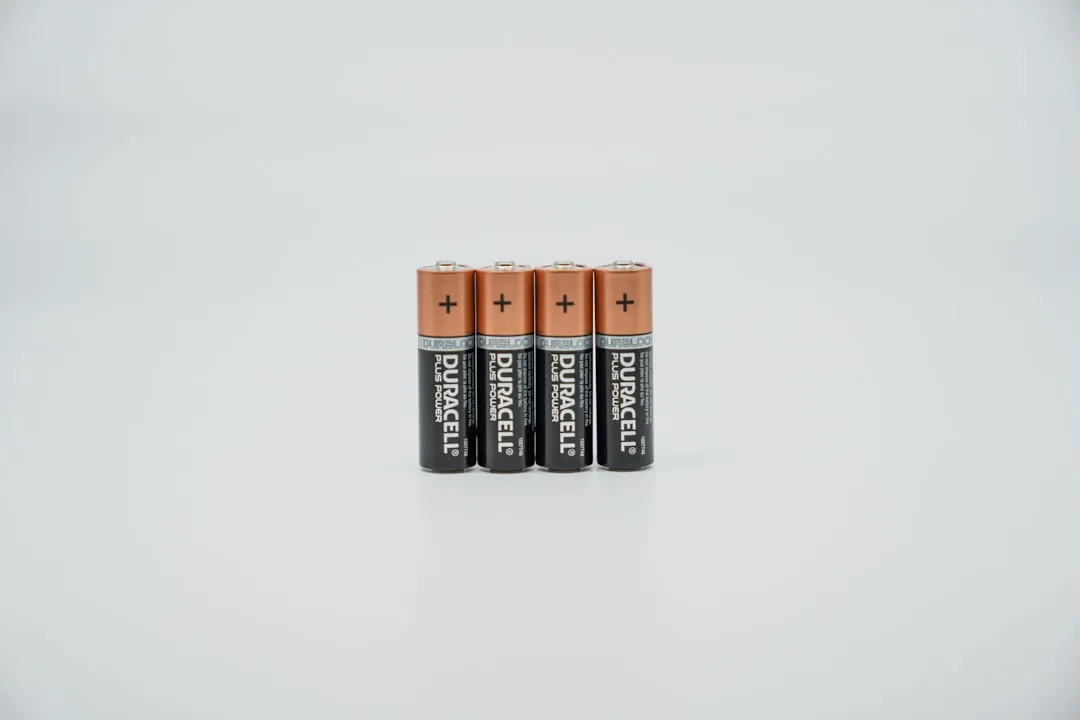

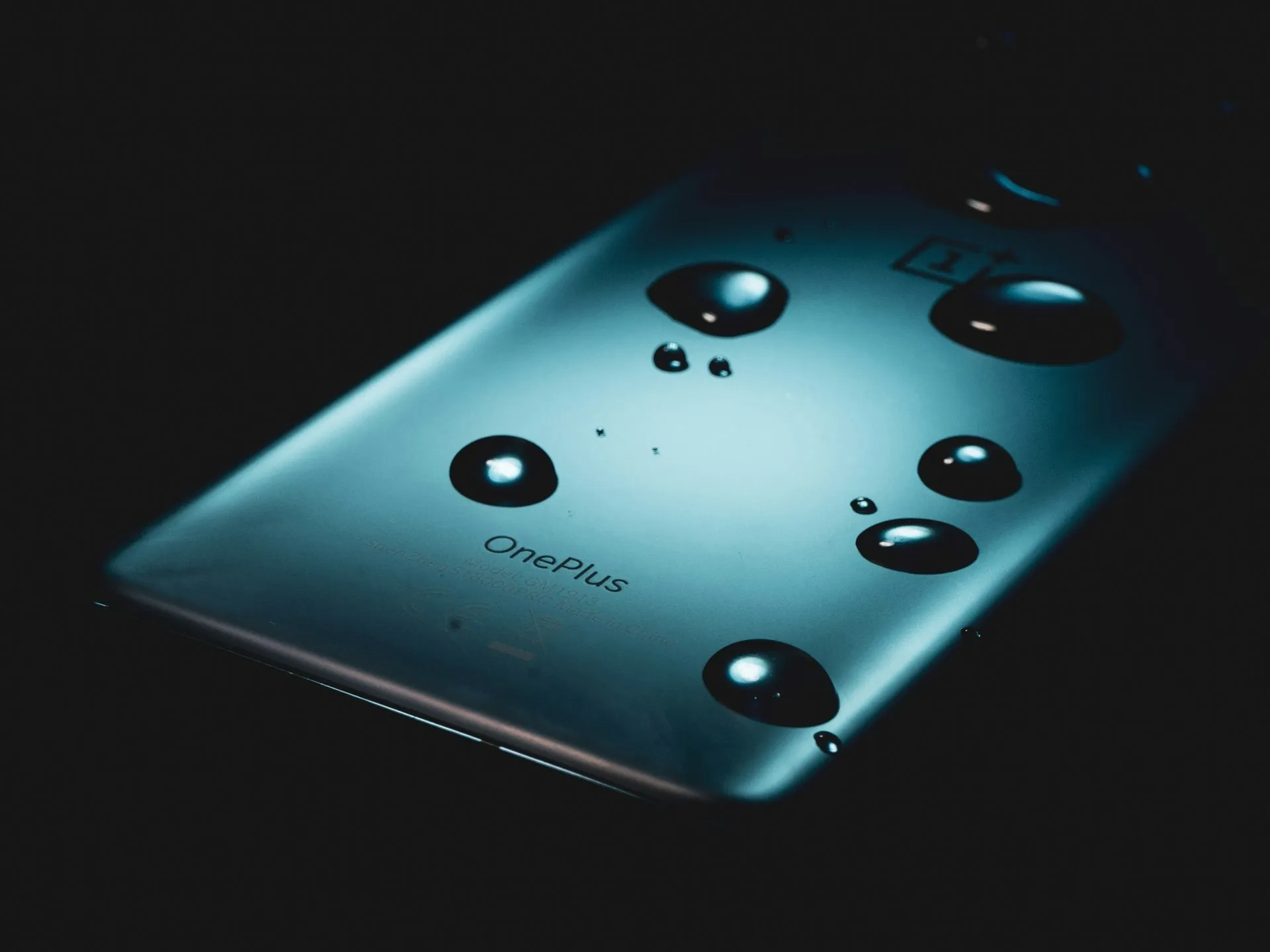


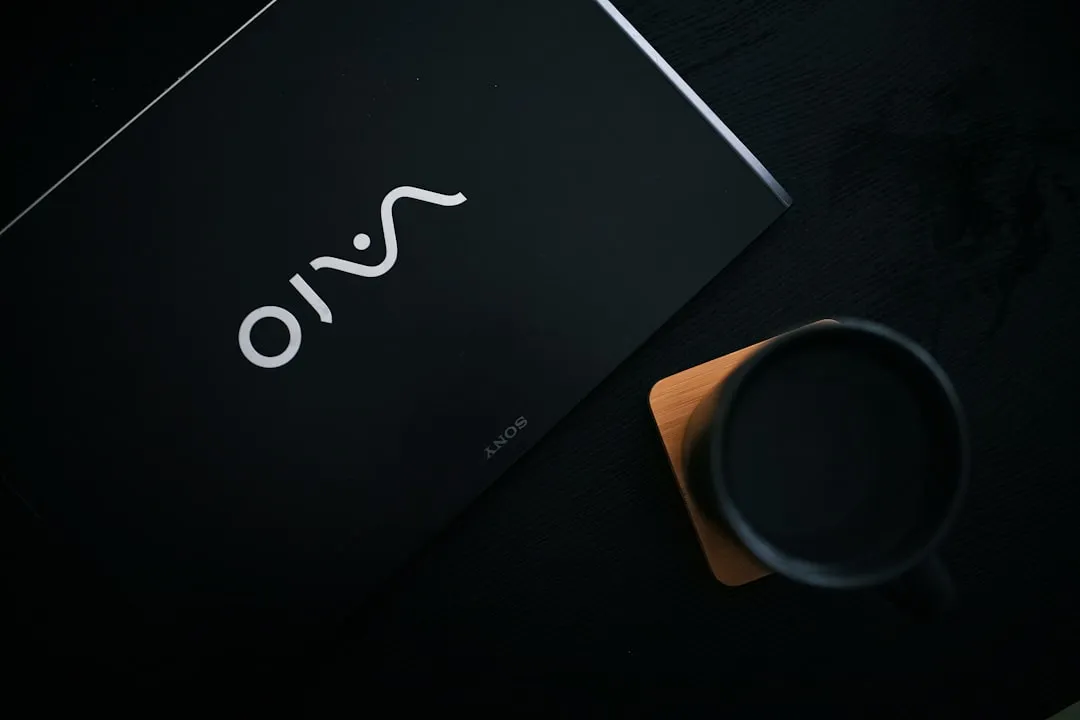
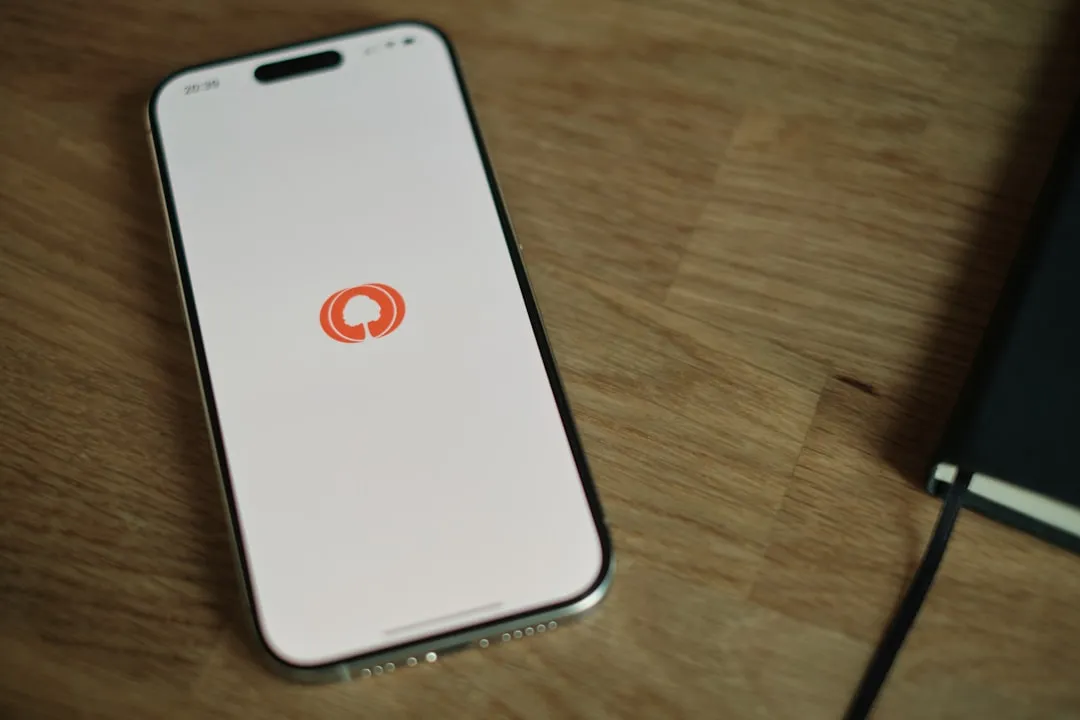

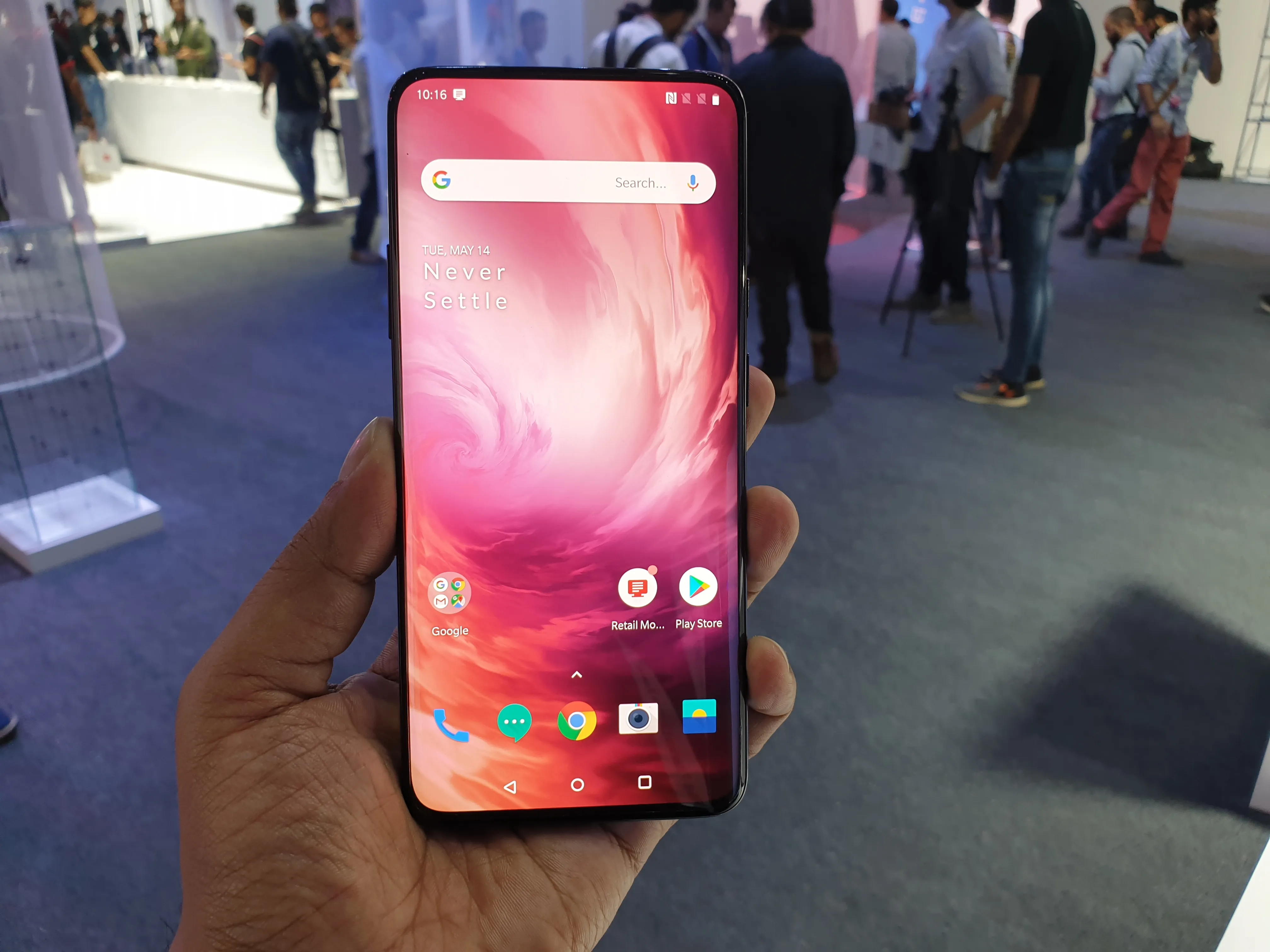
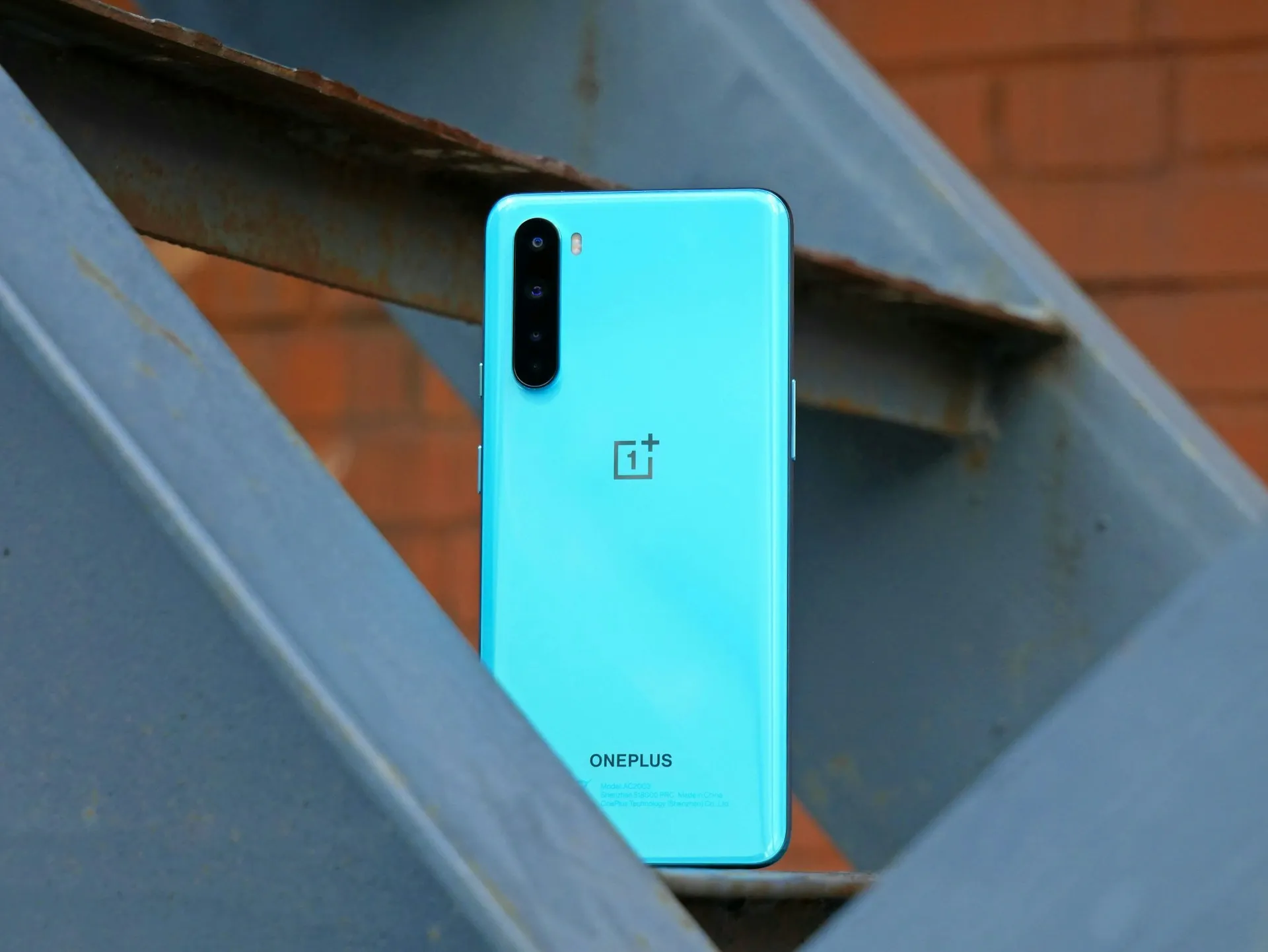

Comments
Be the first, drop a comment!